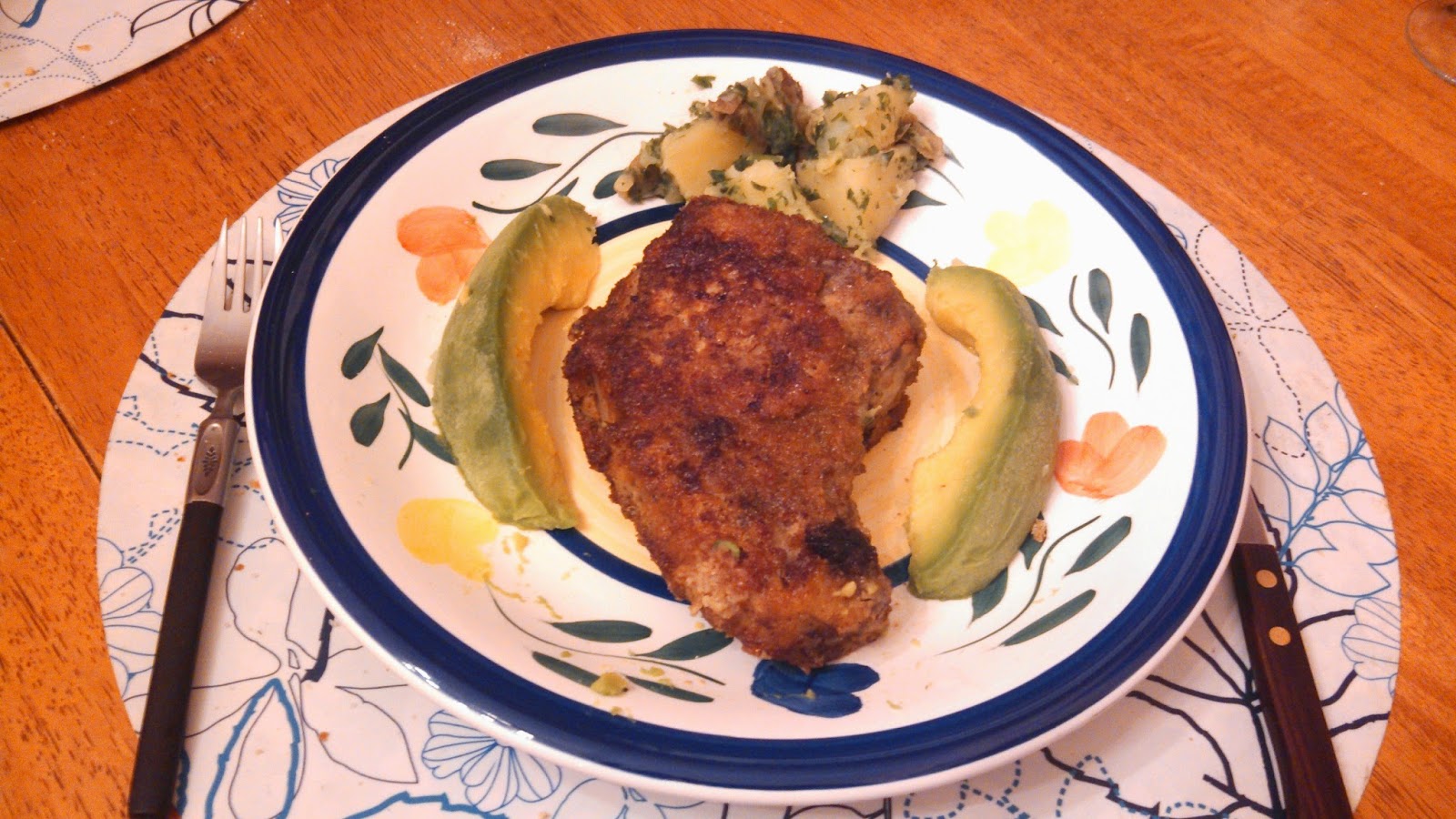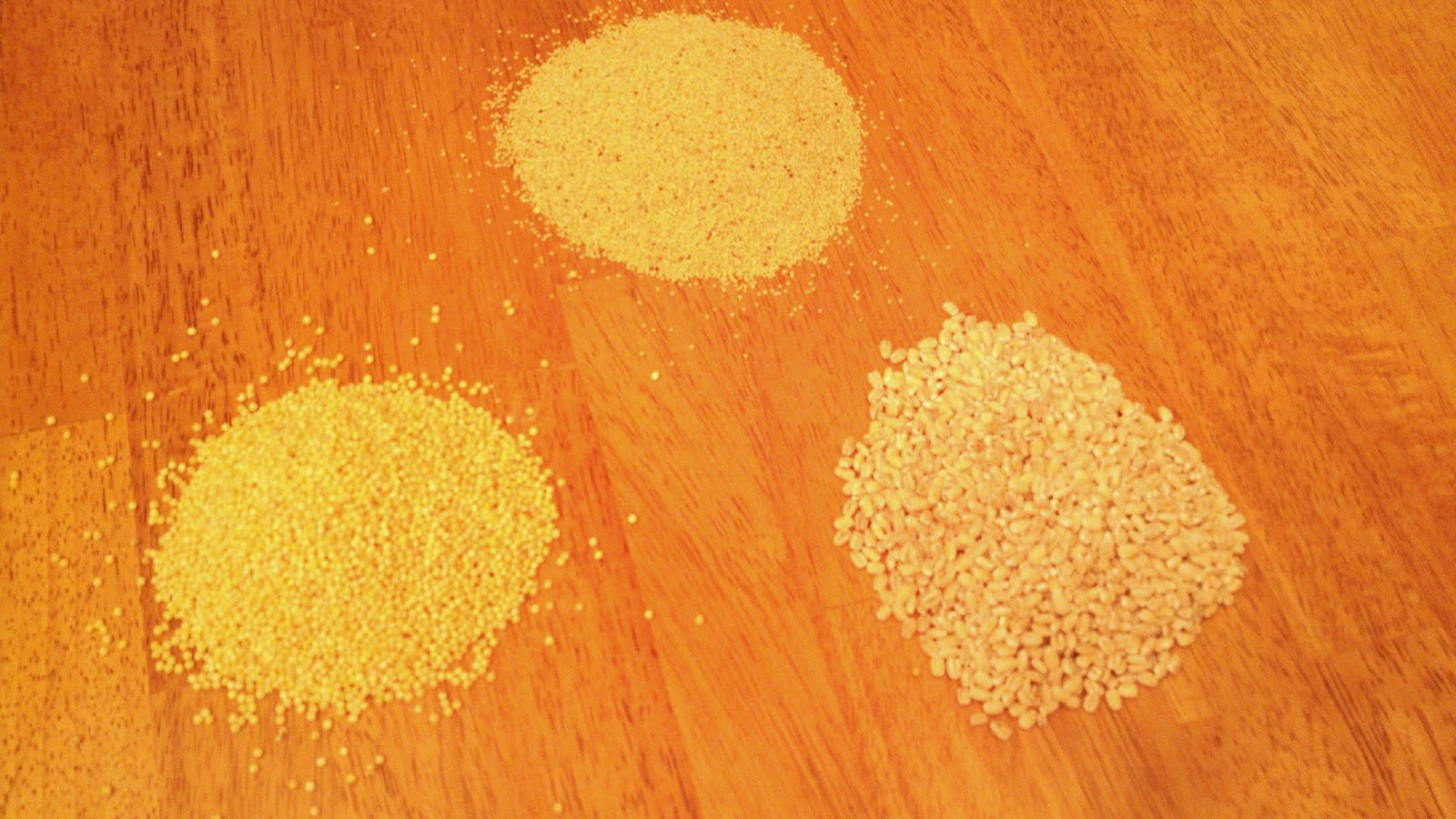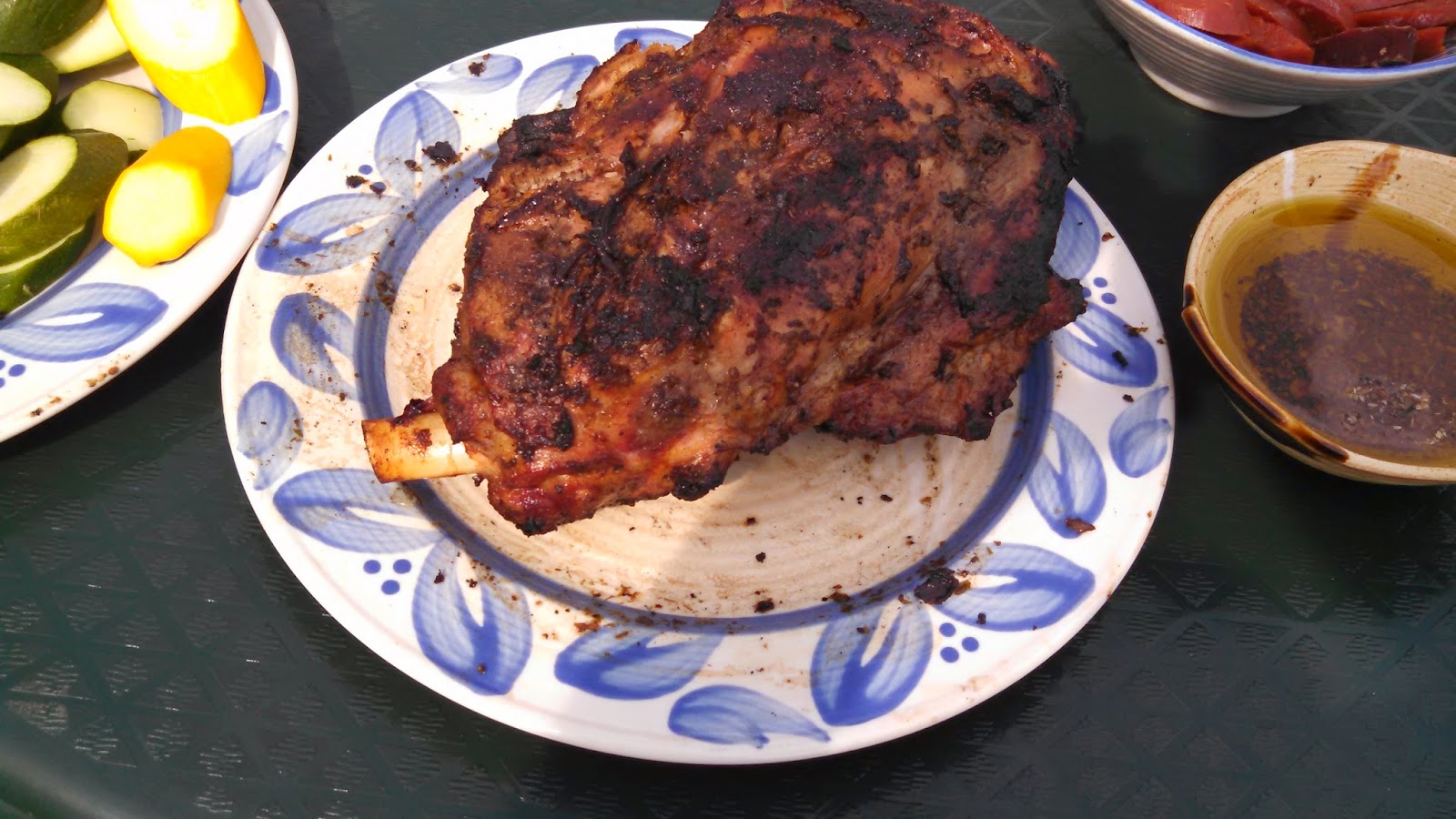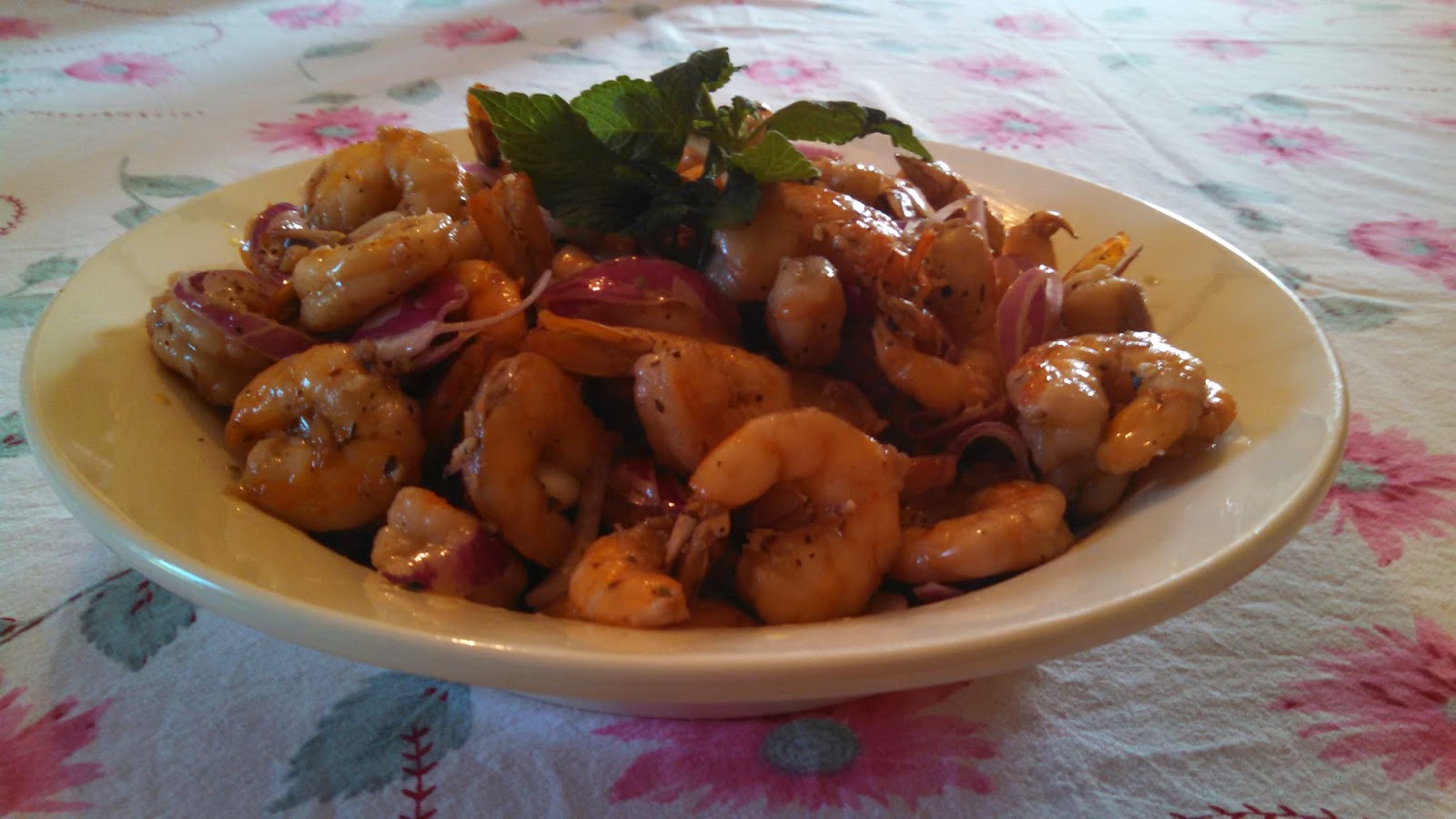Meat Loaf in Persia? Yes, Persian culinary history has a form of meatloaf. They call it Kofta Bil Sania. It actually translates to something like “Ground Meat Loaf in a Tray.” Now, in the Rivera clan, we’re meatloaf fanatics. My mother made the best meatloaf ever. She made it Puerto Rican style. It wasn’t anything like the Quaker Oats recipe in the back of the box. Her meat loaf (or butifarrón, as she called it) had crushed peppercorns, lots of garlic, onions, green bell peppers sweet chili peppers (aji dulce), plus the usual eggs, tomato sauce and cracker crumbs. It was heavenly.
Still, I’m always on the lookout for some good recipe of this famed dish, if only to compare it to my mom’s masterpiece. When I came across this Persian recipe, I was intrigued. It contained spices I didn’t usually associate with meatloaf: such things as cinnamon, allspice, cumin. A totally different flavor concept. I’m told this recipe is still very popular in modern day Iraq and other point in the Middle East. I would say this recipe predates the American version of meatloaf probably by centuries. Persian cuisine has a colorful and storied history. During the Middle Ages, when western man was dining on rancid mutton and stale ale, the Persian Caliphate was enjoying exotic fruits from Central Asia, cooking with spices from India and China and using such ingredients as truffles and rosewater in their cooking. Kofta Bil Sania harks back to that time.
PERSIAN MEAT LOAF
(Kofta Bil Sania)
1 pounds ground lamb (can substitute beef, veal, chicken or turkey, if desired)
1 medium onion, peeled and grated
2 cloves garlic, peeled and finely minced
Salt and freshly ground black pepper to taste
1 teaspoon ground allspice
butter (for greasing baking pan or dish), and about 2 tablespoons cut into small shavings
3 tablespoons tomato paste
3/4 cup water
2 tablespoons finely chopped parsley
1. Preheat oven to 375 degrees F.
2. In a bowl, combine the meat with the onion and garlic. Add salt, pepper, and allspice, mixing spices thoroughly into the meat.
3. Spread the meat mixture onto an buttered baking dish (I prefer cast-iron), and flattened the meat with a hand or wooden spoon. The meat should be 3/4 to 1-inch thick. Top with butter shavings. Place in oven and bake until the surface of the meat is browned, about 40 minutes. It will give off a nice, roasted aroma.
4. Meanwhile, mix the tomato paste with the water, and pour over the meat. Continue baking for about 10 minutes more, or until the sauce has been absorbed and the meat is cooked thoroughly.
5. Invert the meatloaf onto a serving dish. Garnish with parsley and serve cut into wedges like a cake.
Yield: 4 servings
Note: I’m told that another variation is to flavor the meat with 1 teaspoon of cinnamon, or 1 teaspoon each of ground cumin and coriander. Feel free to experiment.











